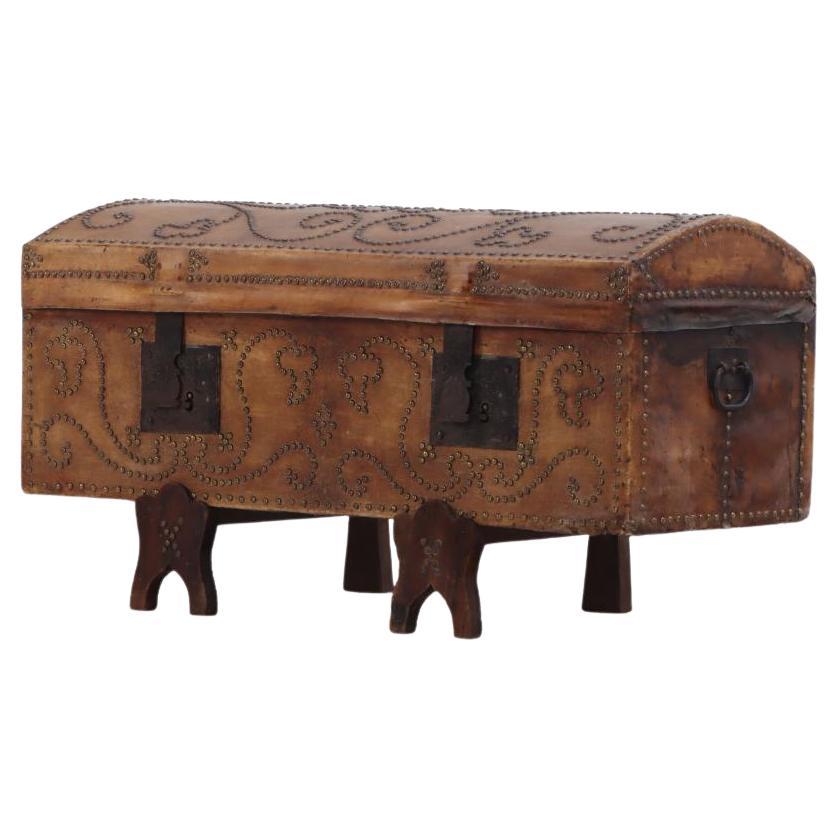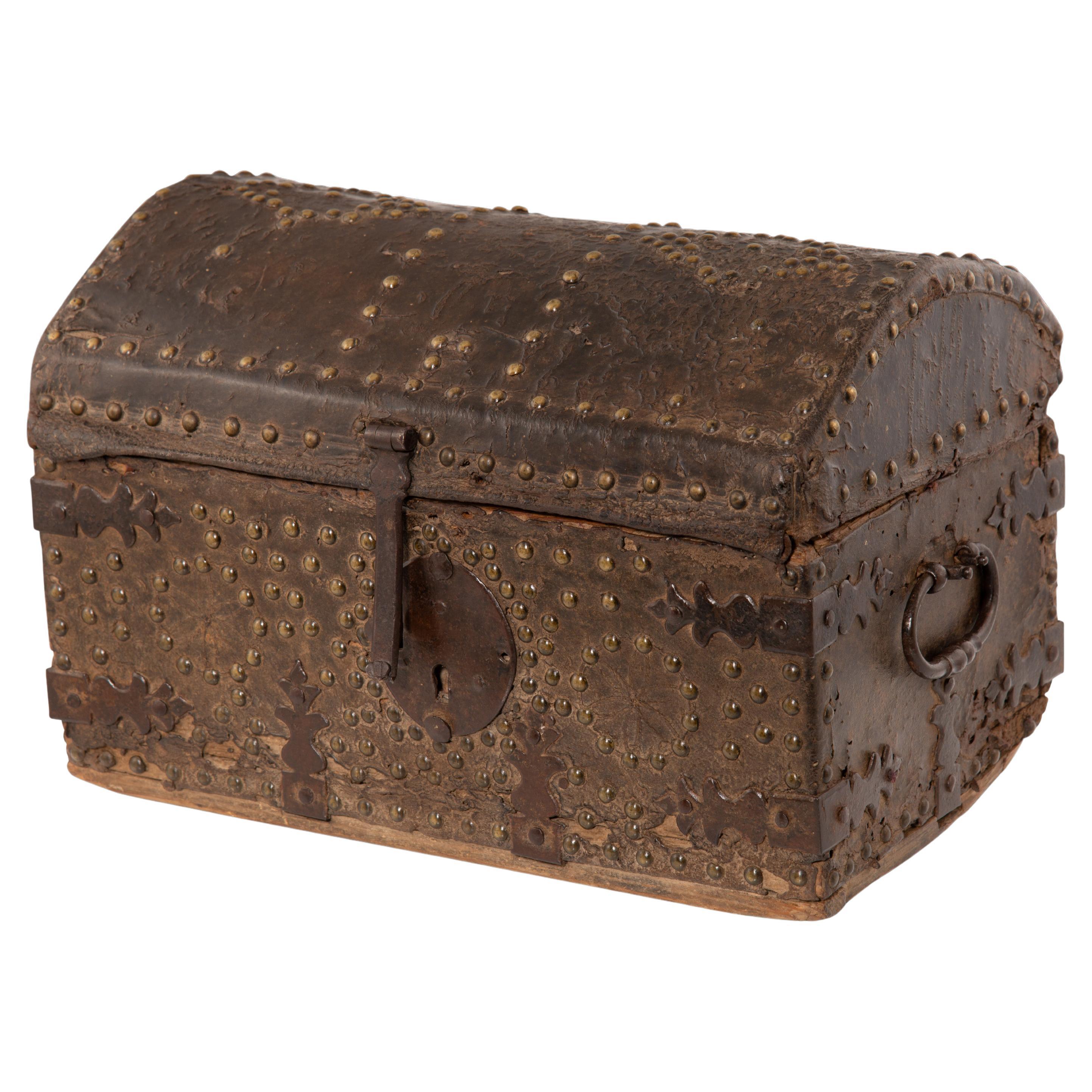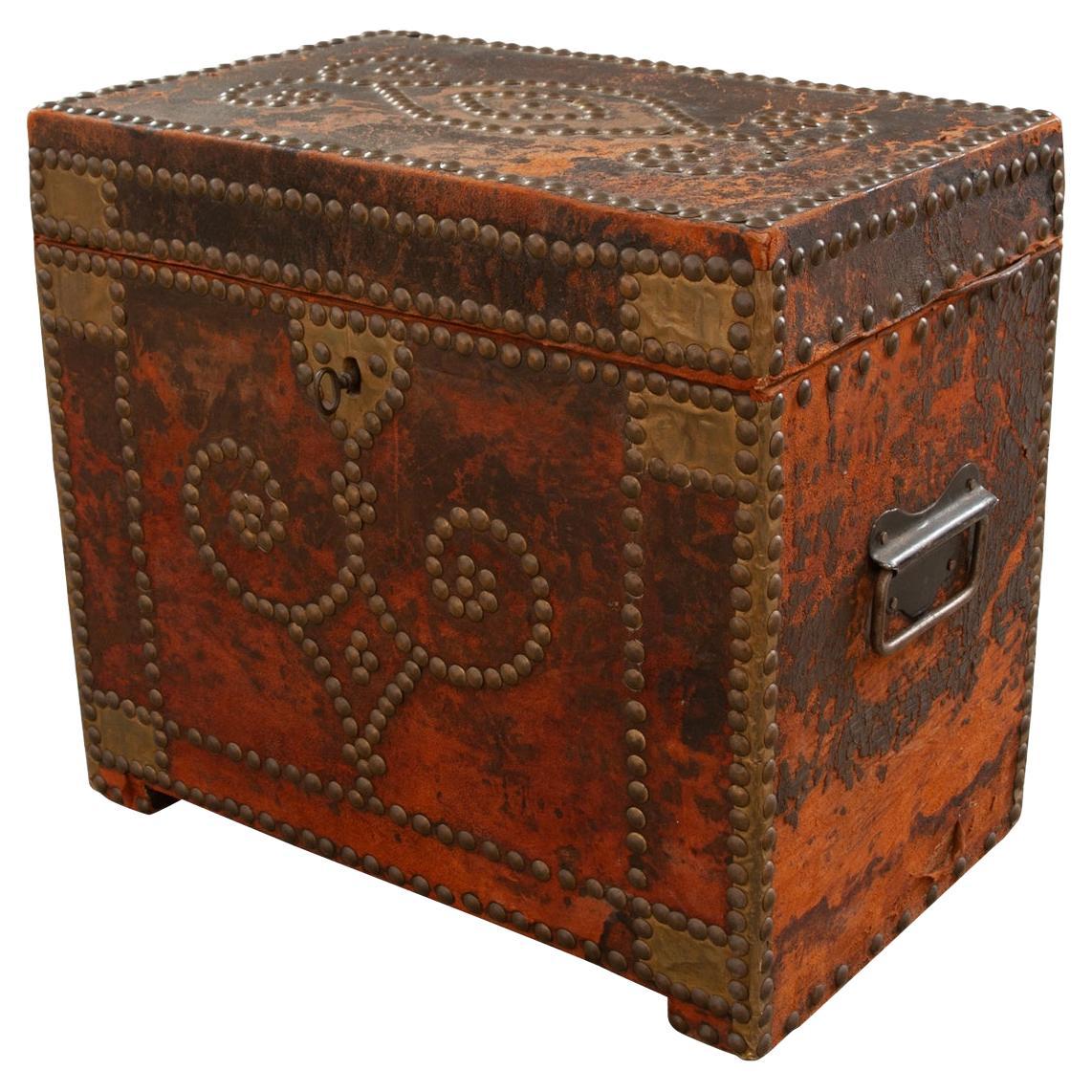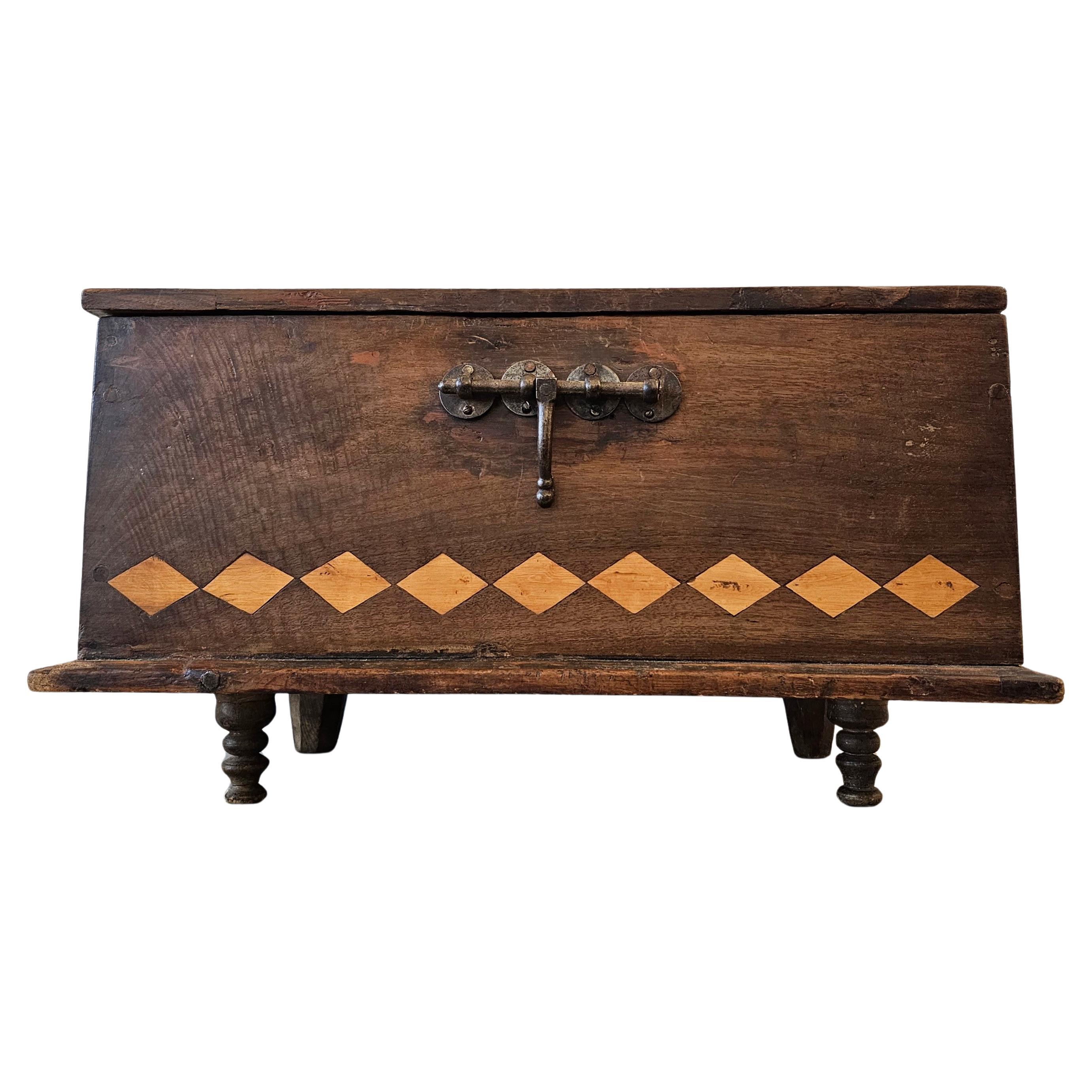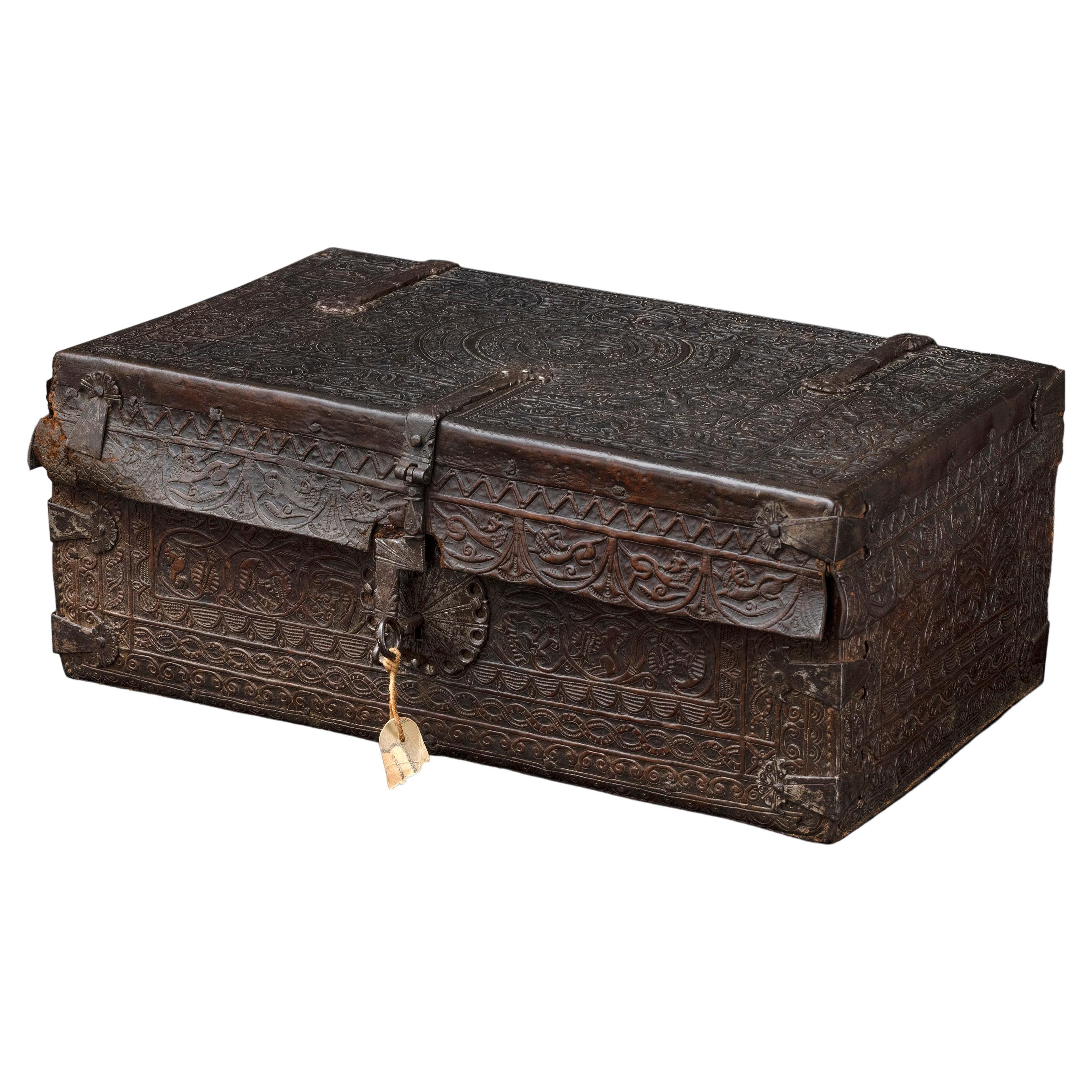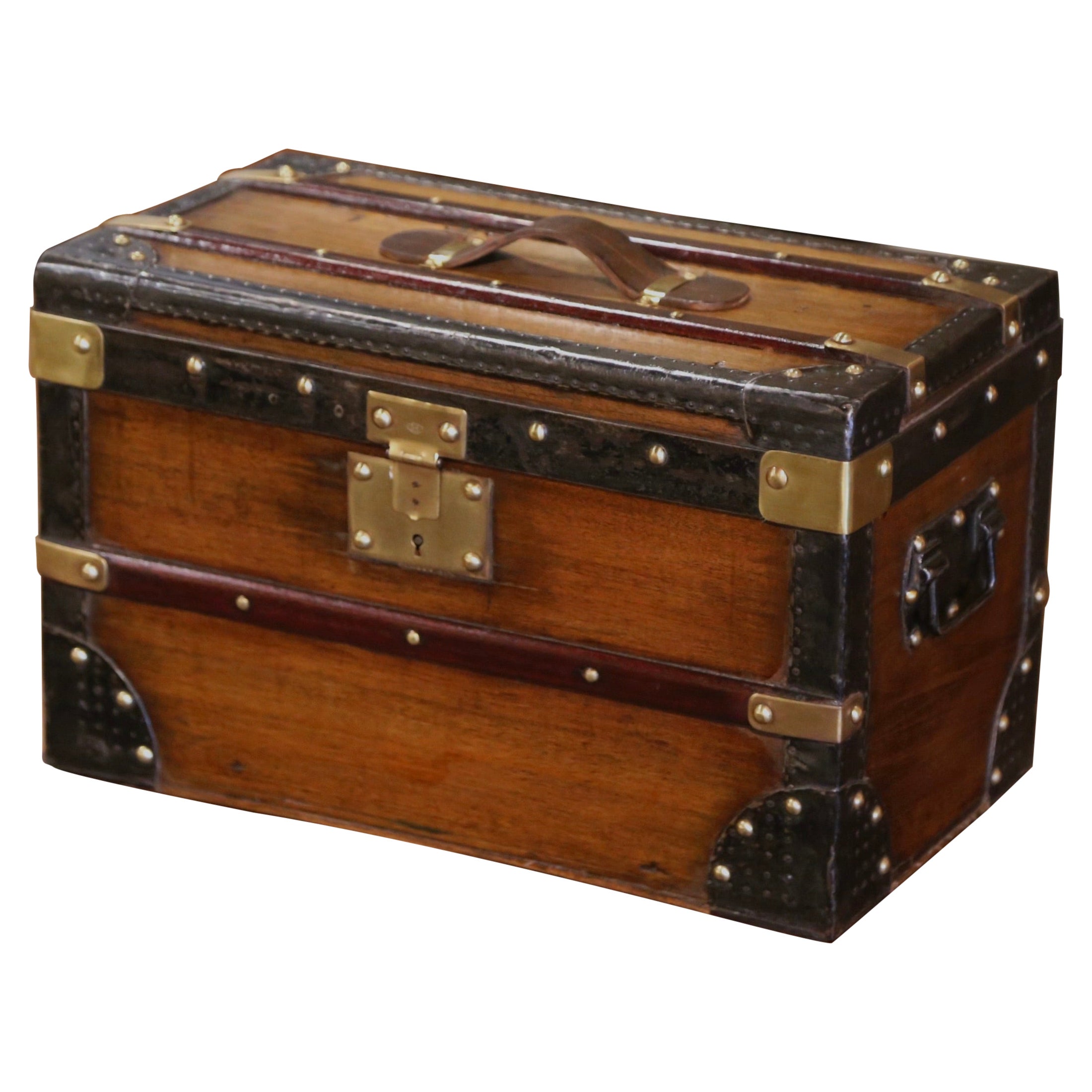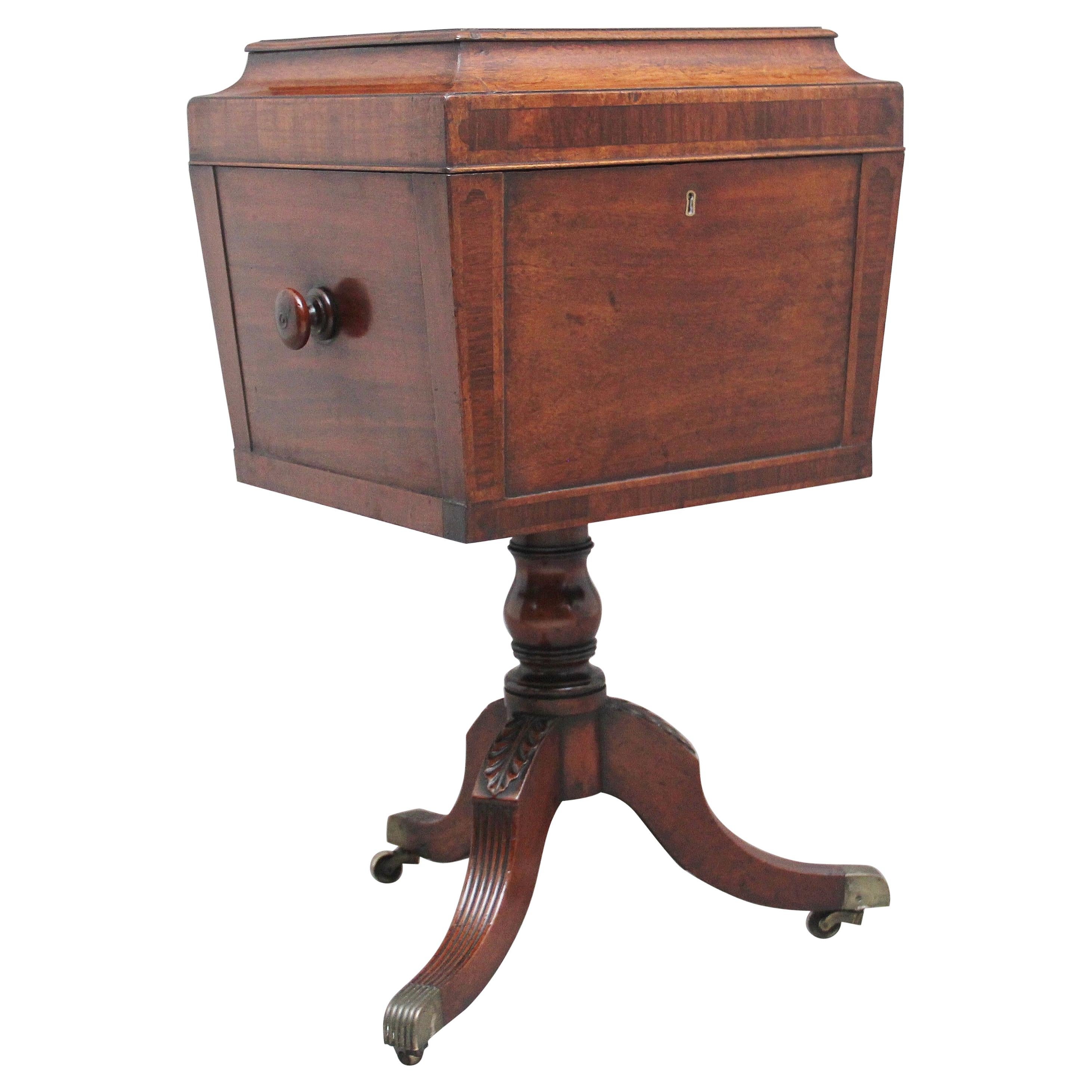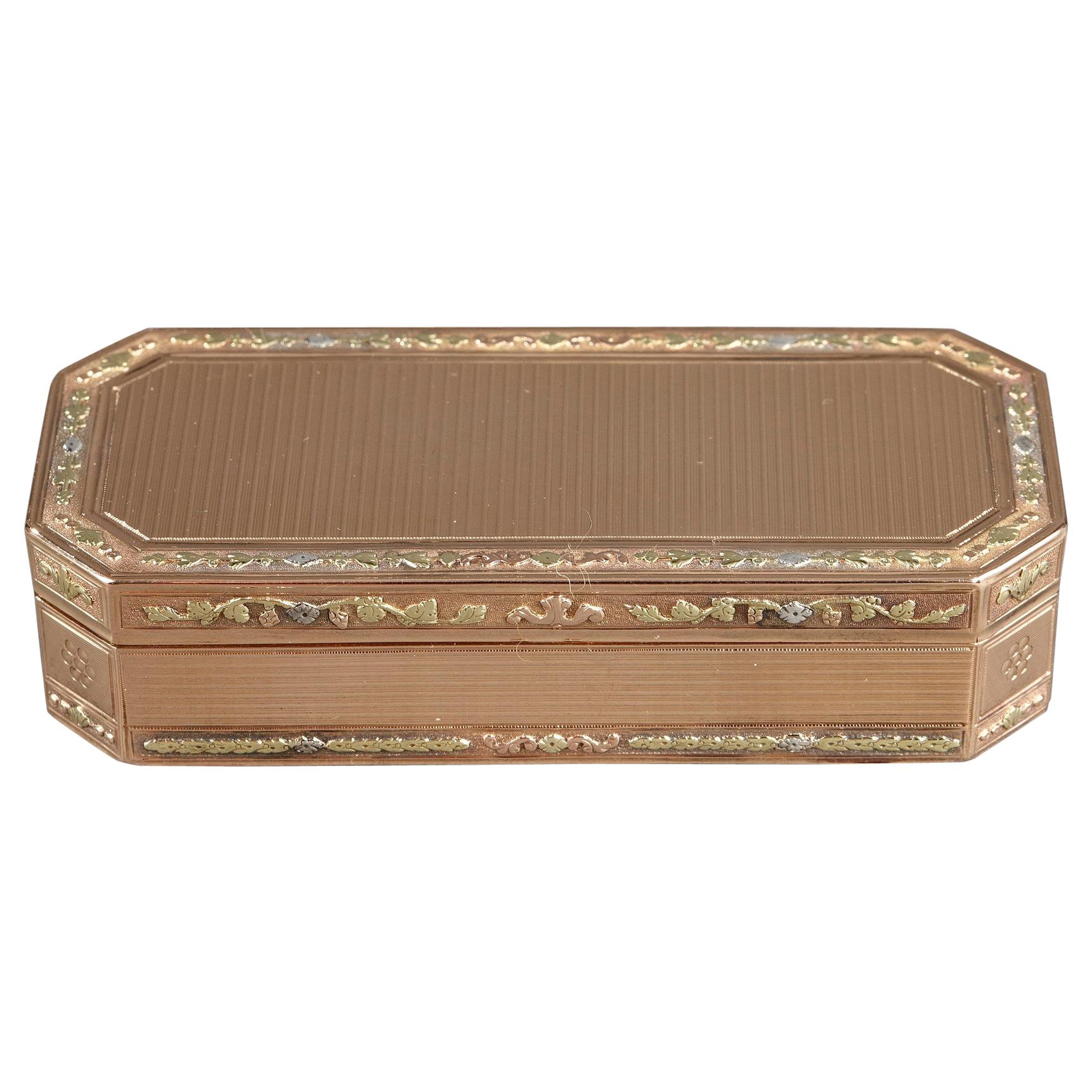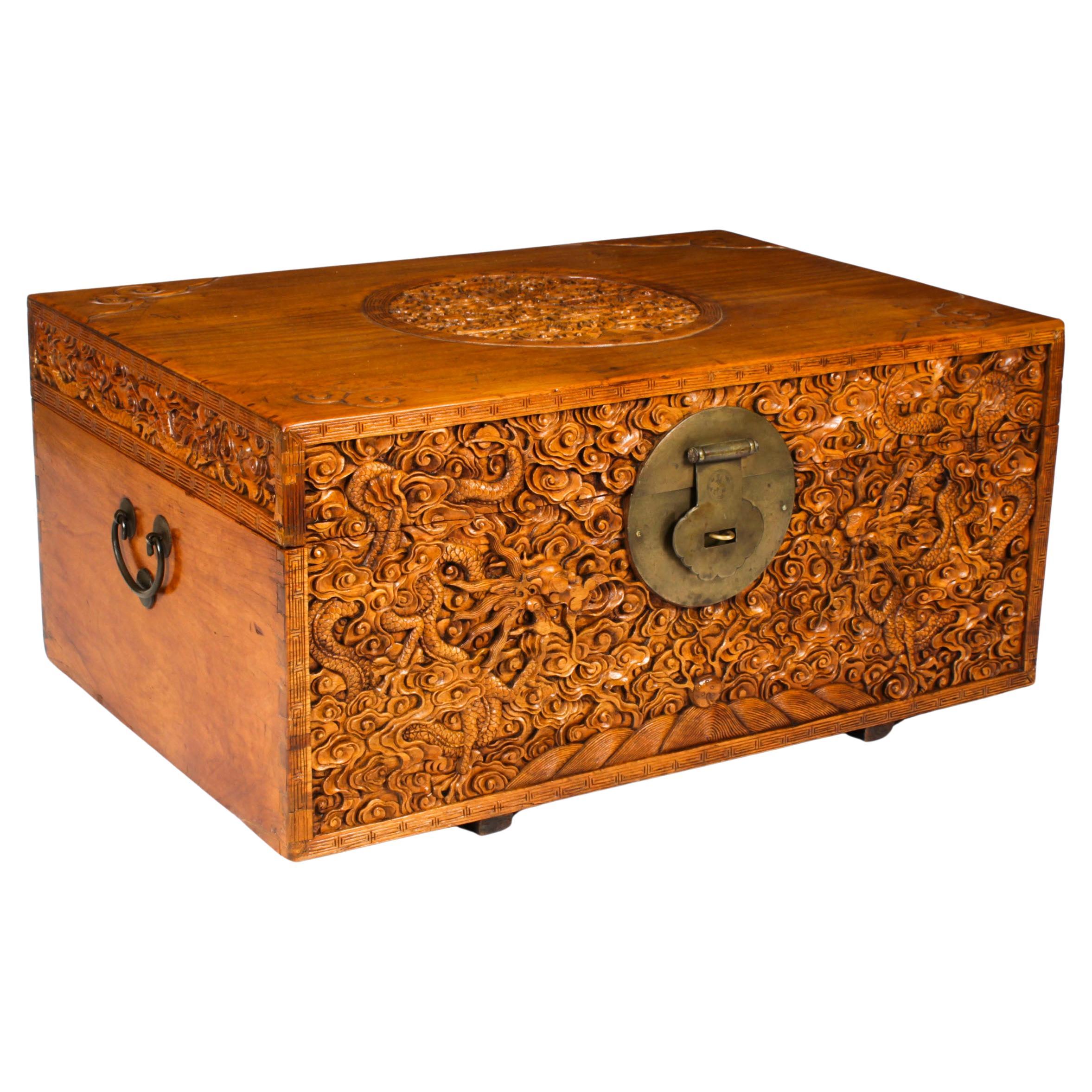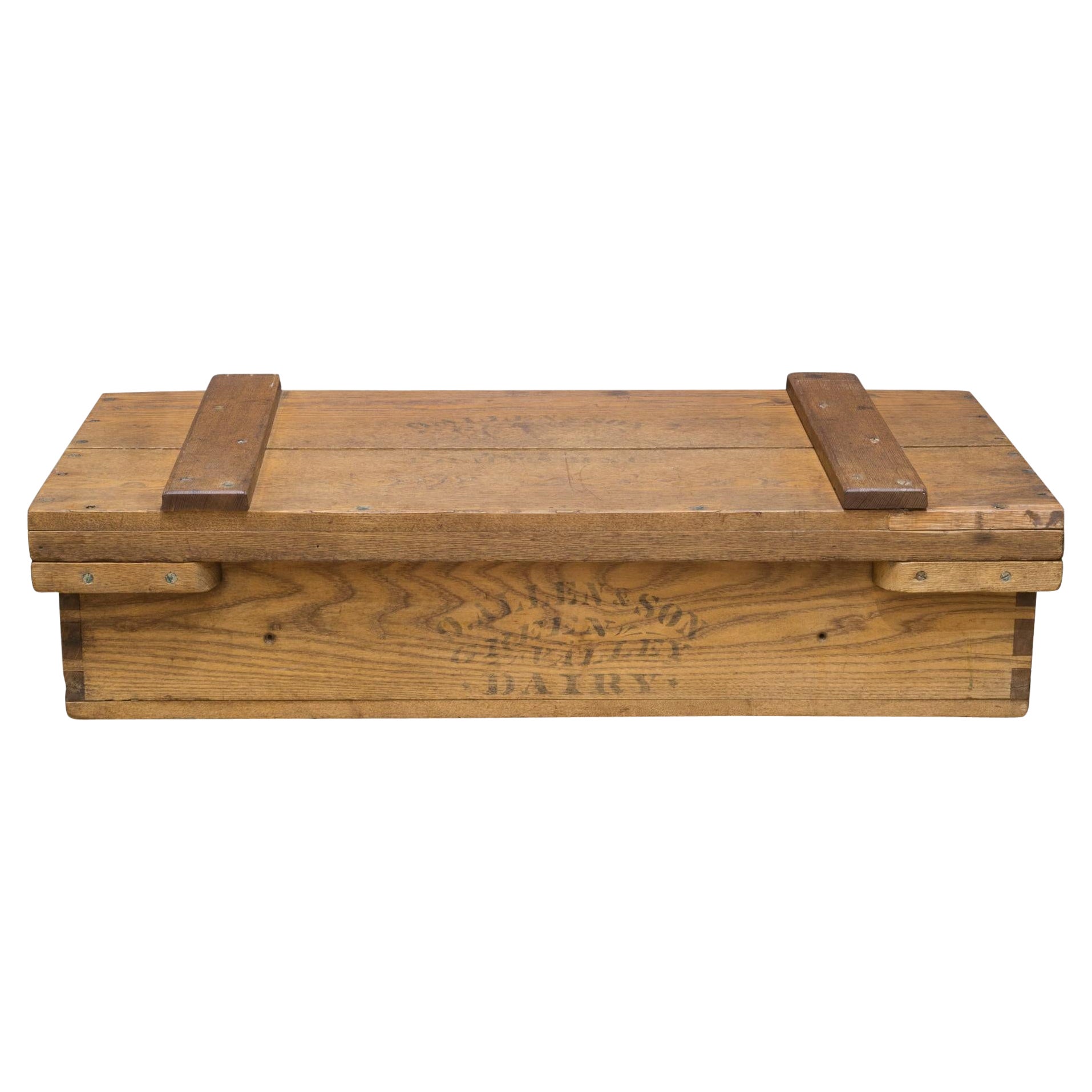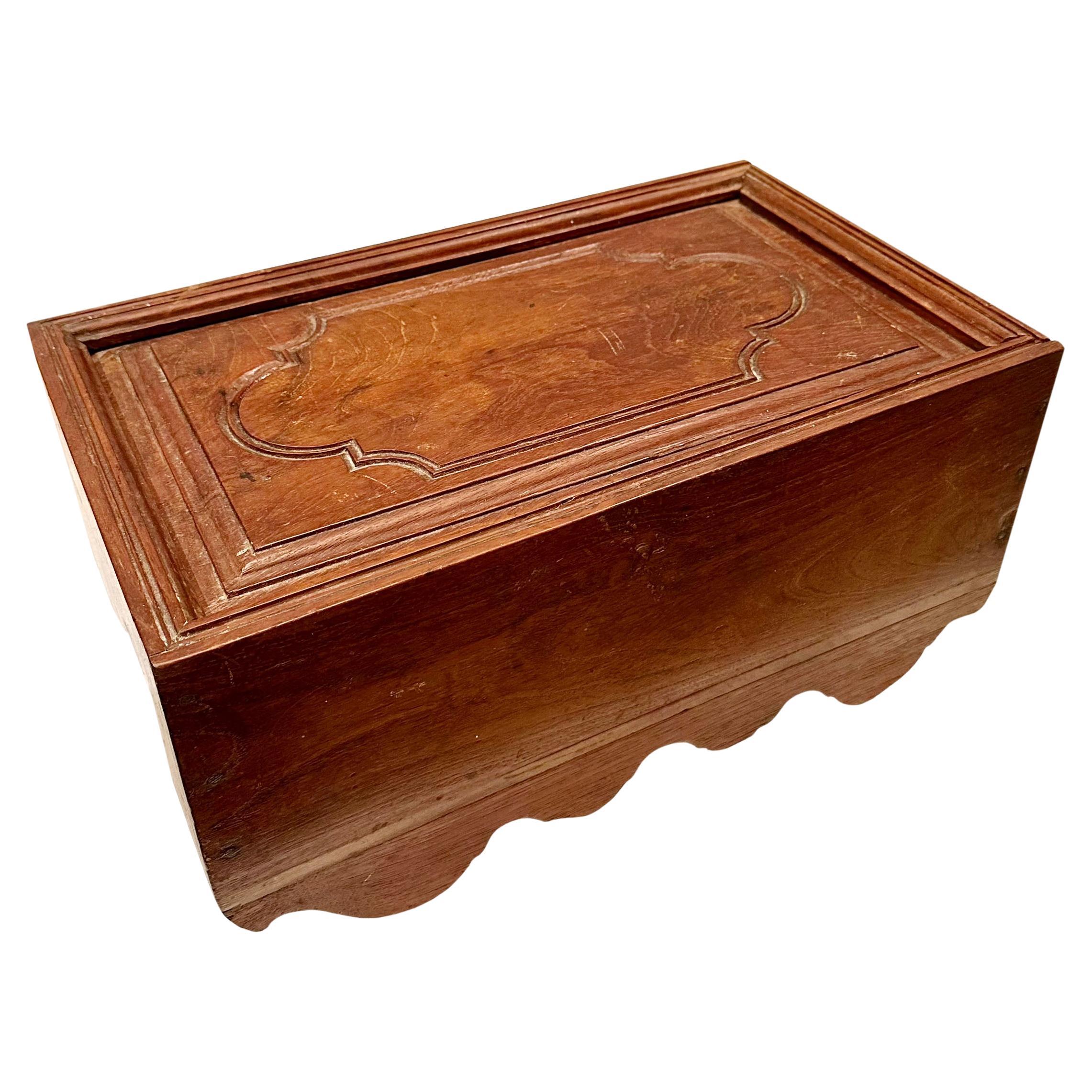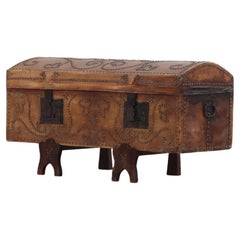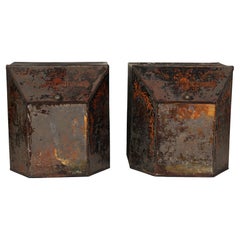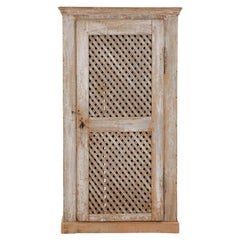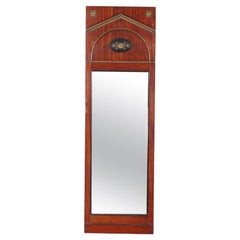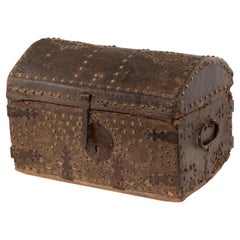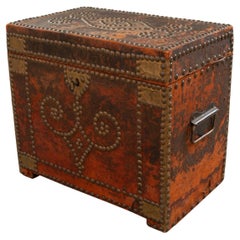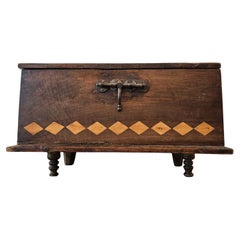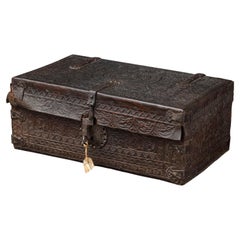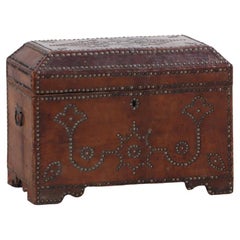
Small Spanish Studded Leather Trunk, early 19th C.
View Similar Items
Want more images or videos?
Request additional images or videos from the seller
1 of 7
Small Spanish Studded Leather Trunk, early 19th C.
$995List Price
About the Item
- Dimensions:Height: 15.5 in (39.37 cm)Width: 21.5 in (54.61 cm)Depth: 12 in (30.48 cm)
- Style:Spanish Colonial (In the Style Of)
- Materials and Techniques:
- Place of Origin:
- Period:
- Date of Manufacture:19th century
- Condition:Wear consistent with age and use. Overall excellent vintage condition.
- Seller Location:Philadelphia, PA
- Reference Number:Seller: 28161stDibs: LU5630238582742
About the Seller
4.9
Platinum Seller
Premium sellers with a 4.7+ rating and 24-hour response times
Established in 2020
1stDibs seller since 2021
402 sales on 1stDibs
Typical response time: 1 hour
Authenticity Guarantee
In the unlikely event there’s an issue with an item’s authenticity, contact us within 1 year for a full refund. DetailsMoney-Back Guarantee
If your item is not as described, is damaged in transit, or does not arrive, contact us within 7 days for a full refund. Details24-Hour Cancellation
You have a 24-hour grace period in which to reconsider your purchase, with no questions asked.Vetted Professional Sellers
Our world-class sellers must adhere to strict standards for service and quality, maintaining the integrity of our listings.Price-Match Guarantee
If you find that a seller listed the same item for a lower price elsewhere, we’ll match it.Trusted Global Delivery
Our best-in-class carrier network provides specialized shipping options worldwide, including custom delivery.More From This Seller
View AllA Spanish studded leather domed trunk, C 1870.
Located in Philadelphia, PA
Wrapped in a light shade of leather, the metal stud decoration stands out on a trunk raised on gothic arched wooden supports. It will look wonderful on a sofa table as a hiding spot ...
Category
Antique Late 19th Century Spanish Decorative Boxes
Materials
Metal
Pair of Large Floor Sized Victorian Period Tin Tea Caddies, 19th C
Located in Philadelphia, PA
A pair of large floor sized Victorian period tin tea caddies, hopper, box bulk tea bins. Original black lacquer and hand painting has wear.
Slanted Lids are original.
Work beauti...
Category
Antique Mid-19th Century English Tea Caddies
Materials
Tin
A rustic painted pine one-door cabinet, early 19th C.
Located in Philadelphia, PA
Likely from Belgium or Holland, this roomy cabinet has all the visual interest, beauty, and concealed organization you need. The crisscrossed lattice even offers ventilation if you n...
Category
Antique Early 19th Century European Cabinets
Materials
Pine, Paint
Continental Regency Style Mahogany Pier Mirror, Early 19th C.
Located in Philadelphia, PA
A continental Regency style mahogany pier mirror, 19th C. A perfect piece for that small wall or between windows.
Category
Antique Early 19th Century Regency Wall Mirrors
Materials
Mirror, Mahogany
A pair of Italian mahogany "upright" small side chairs, 19th C.
Located in Philadelphia, PA
The pair is distinguished by the old leather seats and turned elements. These straight back chairs (we have 10 at this time) were from a school where students were taught amongst oth...
Category
Antique 19th Century Italian Renaissance Revival Side Chairs
Materials
Leather, Mahogany
A French Empire small giltwood and gesso decorated mirror, 19th C.
Located in Philadelphia, PA
A French Empire small giltwood and gesso decorated mirror, 19th C.
Category
Antique 19th Century French Empire Wall Mirrors
Materials
Gesso, Mirror, Wood
You May Also Like
Studded trunk. Wood, leather, metal. Spain, 18th century.
Located in Madrid, ES
Studded trunk. Wood, leather, metal. Spain, 18th century.
A small chest or trunk with a rectangular base and a curved lid, decorated on the outside with a leather cover and a serie...
Category
Antique 18th Century European Neoclassical Revival Decorative Boxes
Materials
Metal, Other
English 19th Century Leather Trunk
Located in Baton Rouge, LA
We absolutely love this decorative trunk from England! Bound in perfectly worn dark leather and adorned with brass studs in swirling patterns. The lock is in working condition and includes one key. A pair of simple handles on each side make it easy to carry even when filled. The interior is lined with a faded red fabric and is fixed with leather cording to support the lid. Both decorative and functional, this unique petite trunk...
Category
Antique 19th Century English Chinese Export Decorative Boxes
Materials
Metal, Brass
Spanish Colonial Era 18th/19th Century Inlaid Cedar Wooden Chest Box Trunk
Located in Forney, TX
A charming scarce Spanish Colonial era parquetry inlaid cedar legged storage chest (large table box / small trunk) with nicely aged warm rich dark patina. circa 1790
Rustic handmade...
Category
Antique 18th Century Spanish Colonial Decorative Boxes
Materials
Iron
Boiled Leather Trunk, Spanish, 17th Century
Located in Bruxelles, BE
Leather trunk
Spanish, 17th century
Boiled Leather, wood and iron
Measures: 22 x 53 x 32 cm.
Provenance :
- collection Metz-Noblat, Château de Clevant, France
Rectangular trunk of the form and size of a small suitcase with wrought iron hinges and lock-plate.
Wood, covered with leather, cut and embossed with every surface of the thick cow hide covered in interlace, zoomorphic features.
The construction method is boiled leather, often referred to by its French translation cuir-bouilli: a process used to change flexible, vegetable-tanned leather into rigid, moulded objects. For shaping of the vegetable-tanned leather, heat and moisture were used, as indicated by the term boiled leather. No written medieval sources describing the production of decorated cuir bouilli objects survive, so knowledge of the process relies on the important studies of the Scottish leather historian John William Waterer. A large range of methods, materials and techniques could be used in various combinations. The vegetable-tanned leather, made supple with moisture and heat, was stuffed, shaped and nailed to the rigid wooden coffer support. The stuffing material was probably modeled beeswax or stearin wax. To shape the leather, to create its topography, « Cushions » were made by lacing a thread through an awl hole and attaching the flexible leather and stuffing to the rigid wooden support on the bottom. Then the decoration was done: lines were incised through the upper layer of the leather (epidermis) with different thicknesses of knives or needles. Contours were created with deep v-shaped cuts, decoration with thin incision and final details with a needle point. For the incision and pouncing stage, the leather was probably kept heated and moistened for suppleness.
Once dry, the leather would be hard and rigid.
the saturated leather is worked over a form, possibly even damp sand, with the pattern shaped using bone or wooden tools. Compare to metal, leather was lighter and it offered protection from cuts and punctures. Cuir bouilli objects were produced by specialist leather workers and needed skillful craftsmanship.
The surface is filled with roundels shaped foliages enclosing animals, lions and peacocks. The foliate arabesques creating a vegetal connection tweet the animals create the impression of a lush verdant space . The vegetal pattern here employed in combination with geometrical pattern came from the pre-islamic artistic traditions of the Byzantine and Sasanian empires. An aspect of Islamic geometry Is the basic symmetrical repetition and mirroring of the shapes that create a sense of harmony.
The decoration of this truck is inspired by the islamic « arabesque » a form of vegetal ornament composed of spirals, intertwining plants and abstract curvilinear motifs. An arabesque character is given to the birds of the decorations through extreme stylisation. This arabesque maintained the classical tradition of median symmetry, freedom in Detail and heterogeneity of ornament.
The presence of the peacocks is a paradisiacal allusion: in popular Islamic literature they were among the original inhabitants of the garden of Paradise expelled with Adam and Eve. Peacock as a decorative motif may have originated in the West, despite their eastern provenance. There was an ancient belief that the flesh and feathers of peacock do not decay. This led to the peacock becoming a christian symbol for Christ’s resurrection.
Renowned for their decorative wall hangings, seventeenth-century Spanish leatherworkers also produced utilitarian objects, such as this trunk. A similar trunk is on display at the Metropolitan museum of art ( 09.158.1).
Related literature :
Davies L. 2006. Cuir bouilli. Conservation of leather and related materials, 94-102, Oxford: elsevier Butterworth-Heinemann
Grabar, Oleg. The Mediation of Ornament. Princeton: Princeton University Press, 1992
Gabriela Germana Roquez, "El mueble en el Peru en el siglo XVIII...
Category
Antique 17th Century Decorative Boxes
Materials
Iron
20th Century Leather/Wood Studded Metal Trunk/Side Table
Located in Chicago, IL
Handsome leather studded trunk with antique brass nailheads in a lovely motif. Works well as a side table or object d'art.
Category
20th Century American Decorative Boxes
Materials
Metal
19th Century French Poplar Iron Brass and Leather Travel Trunk Jewelry Box
By Louis Vuitton
Located in Dallas, TX
Decorate a shelf or a master bath counter with this petite jewelry trunk. Crafted in France circa 1890 and built of poplar, the antique box is rectangu...
Category
Antique Late 19th Century French Jewelry Boxes
Materials
Brass, Iron
Recently Viewed
View AllMore Ways To Browse
Spanish Coffer
Spanish Leather Box
Spanish Leather Trunk
Spanish Colonial Leather Trunk
Antique Key Holders
Green Marble Box
Italian Document Box
Antique Vinaigrettes
Black Forest Carved Box
Antique Perfume Box
Brass Bound Box
English Enamel Boxes
Round Trinket Box
Vintage Limoges Boxes
Antique Leather Bottles
Antique Military Boxes
Carved Wood Inlay Box
Mosaic Inlaid Box
